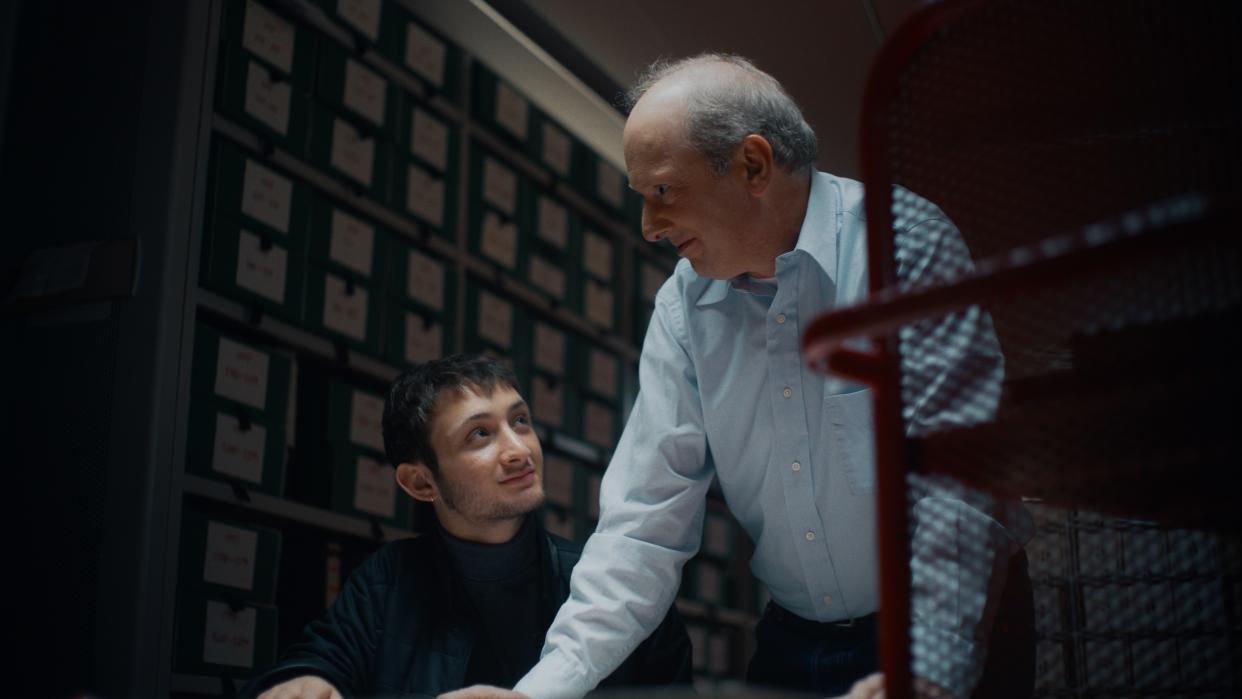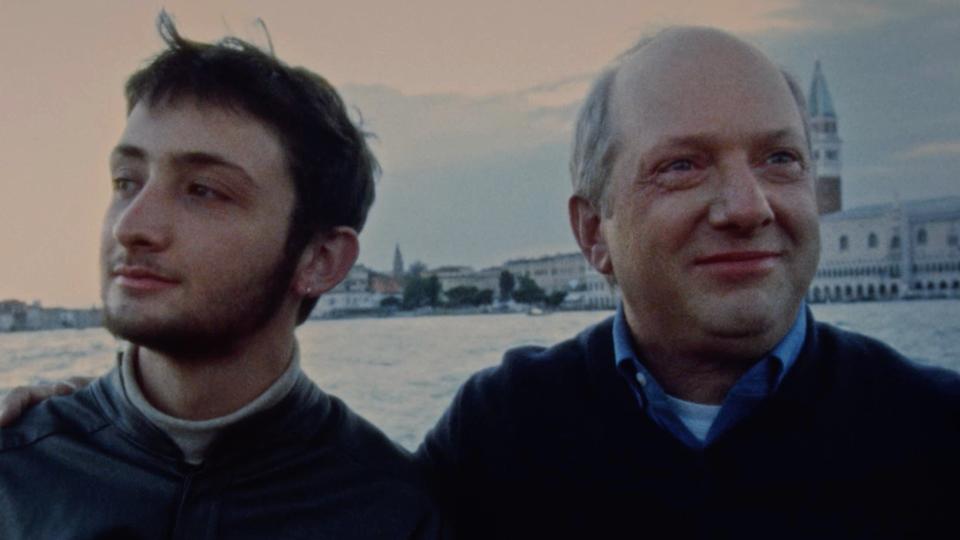‘Fioretta’ Review: The True Story Behind ‘The Woman in Gold’ Gets an Intimate if Frustrating Doc

- Oops!Something went wrong.Please try again later.
How much does personal history humanize world history? Genealogist Randy Schoenberg sets out to answer that existential question in Matthew Mishory’s documentary “Fioretta,” which captures his quest to share his centuries-long family history as a prime example of the persecution and murders of Jews in Austria during a horrific time in history.
Randy leads the Schoenberg family affair, which brings together various generations on a trek to Vienna to revisit the graves of and memorials to his ancestors. Randy himself was previously portrayed by Ryan Reynolds in the narrative feature “Woman in Gold” after he sued the Austrian government in 2005 on behalf of Holocaust survivor Maria Altmann (played by Helen Mirren) to return five Gustav Klimt paintings that were stolen from her family by the Nazis.
More from IndieWire
Now, Randy wants to reclaim the city of Vienna itself for his own family, as well as seek out the gravestone of his oldest known ancestor, Fioretta, who died in the 1600s in the Jewish ghetto of Venice, Italy. “Our family played such a huge part in Viennese history before the Nazis came and took everything away,” Randy says as he visits the synagogue where his grandparents were wed over a century ago. Prior to World War II, more than 200,000 Jews lived in Vienna, Austria, and Randy explains how his grandmother kept the familial love of Vienna alive, despite its convoluted history, saying that she “never let the Nazis take that away.”
That very sentiment is what led Randy to move the USC Schoenberg Center to Vienna to preserve the legacy of his grandfather, famed Austrian composer Arnold Schoenberg. Randy is shown walking through the center, as well as listing off his great-great-great-great ancestors’ tombstones in a Jewish cemetery. Eventually, Randy sets out to find Fioretta’s grave on the Lido island in Venice; the cemetery is cared for by a Holocaust survivor. (The lofty expedition Randy embarks on is beautifully shot and directed by directed by Mishory, who also co-wrote the script with Rob Levine.)

“Fioretta,” however, gets sidetracked in the details of who married who, past family reunions, census data, and more frivolous elements that detract from the central message of preserving the collective Jewish history. The strongest elements of the film are the interviews with non-Schoenberg family members, such as the archivists, historians, and museum caretakers that Randy encounters along the way.
As Randy, his teenage son and aspiring chef Joey, and cousins travel through Austria, Czech Republic, and Italy, reenactments of Randy’s college years getting into genealogy bog the storytelling down. If the Schoenberg history served as more of a gateway to the cultural ramifications of forgotten histories, “Fioretta” would have proven to be a more powerful, clear-eyed film.
Randy’s obsession with finding his roots is clearly in part due to his family’s displacement, and yet that element is never fully dived into. The belief that it is the duty of the living to never let their relatives “endure the final death of being forgotten,” as one rabbi says, is the crux of “Fioretta,” despite only being a secondary theme to Randy’s international tour of tombstones to look at who he is blood related to.
“It’s not just a single family’s story. It’s the people,” Randy says. “It’s a mosaic. That’s the feeling when I look at it.” But if we only moved past Randy’s gaze, “Fioretta” might have been less of a specific family history lesson and more of a universal lesson on the importance of history itself.
Rating: B-
A Rubber Ring Films release, “Fioretta” will be available in limited release on Friday, December 1.
Best of IndieWire
Sign up for Indiewire's Newsletter. For the latest news, follow us on Facebook, Twitter, and Instagram.

